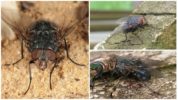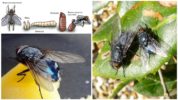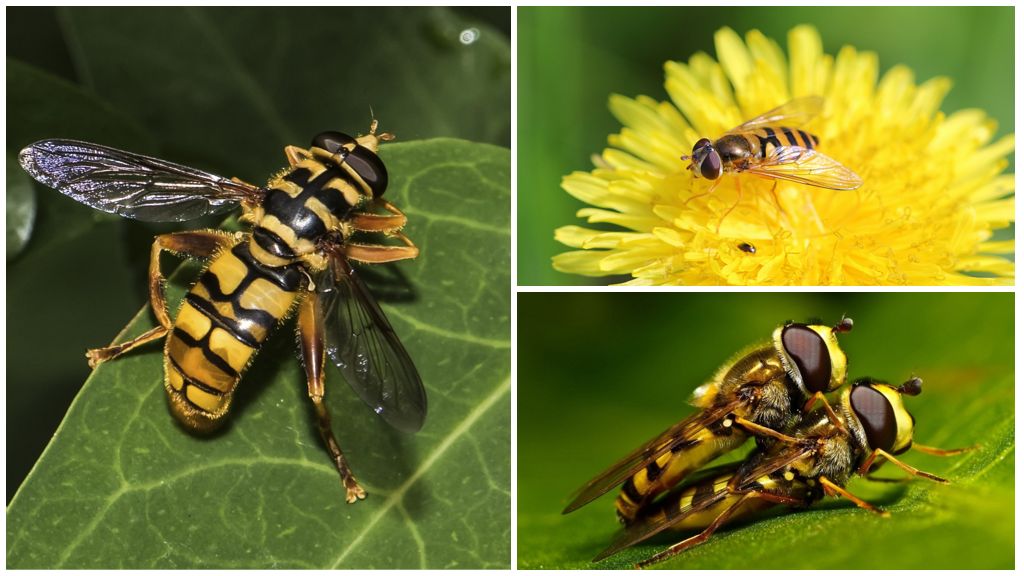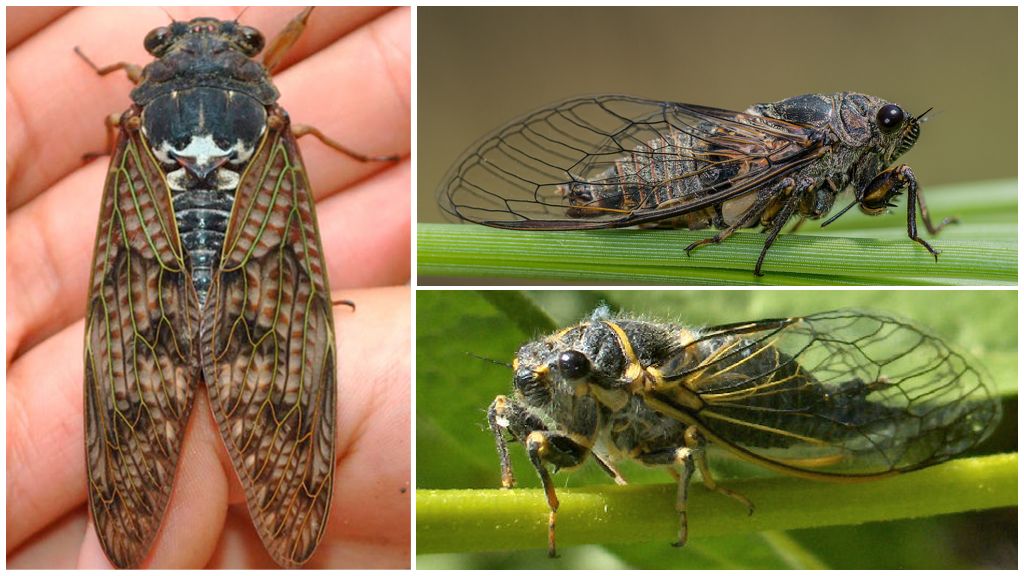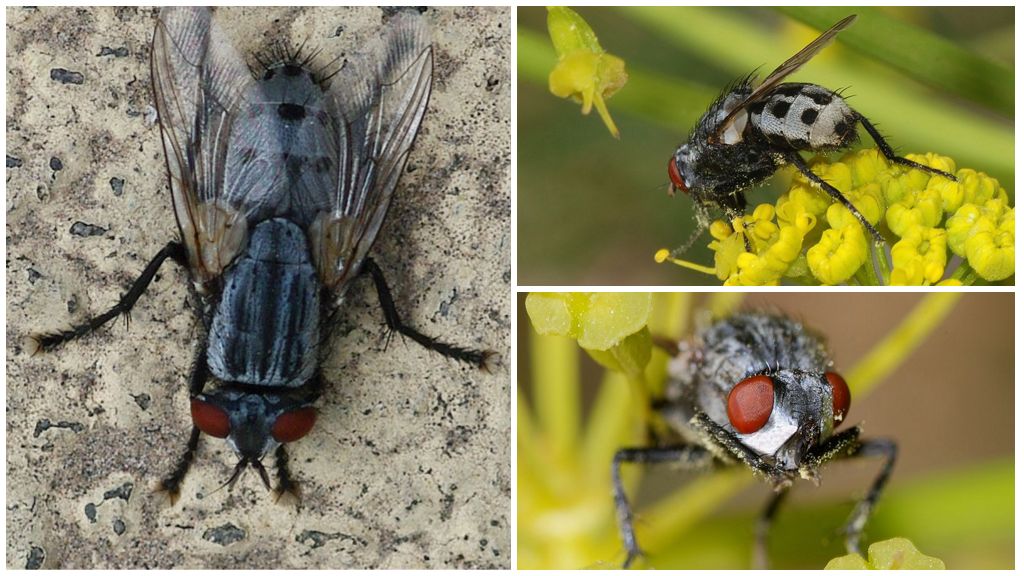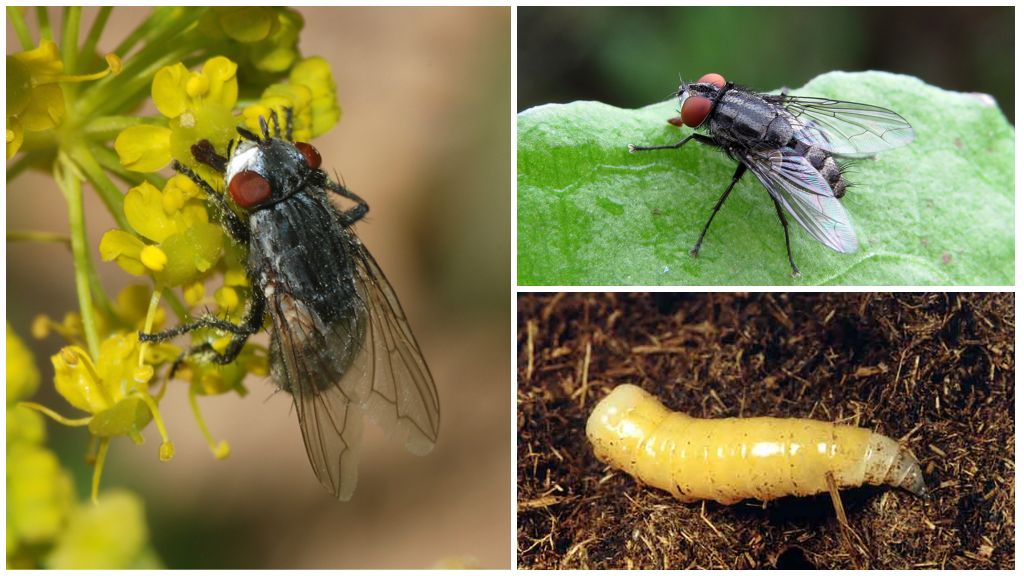- Meat blue fly
- Meat blue fly
The meat fly (Calliphora vicuna), the red-headed calliphor, or the red-headed blue carrion is a representative of a large family of dipteran insects. In total, there are approximately 2500 species of such flies; more than three hundred live on the territory of the Russian Federation. In official sources meat flies called sarcophagids, which is translated from Greek means "eaters of the flesh." This name is explained by the fact that the corpses of vertebrate organisms most often serve as a place for the reproduction of insects. The most common is green and blue fly. The last representative of this species will be discussed in this article.
What does it look like
Blue meat fly - the largest from this type of insect. The length of her body is about 1.5 cm. She buzzes very loudly when flying, which is very similar to the sound that a bee makes. The body has a blue color with a faint light coating. On the yellow-red head, cast with a golden sheen and covered with black hairs, there are dark antennae and facet-type eyes of a red-brown shade.
The chest of the insect is painted black with a bluish tint, dark longitudinal stripes are noticeable on the mid-back. The carrot has transparent wings that do not overlap each other at rest.
Where dwells
Distributed Calliphora vicuna almost universally: throughout Europe, North America, Central Asia and Africa. On the territory of the Russian Federation, the blue meat fly can be found in all forest regions.
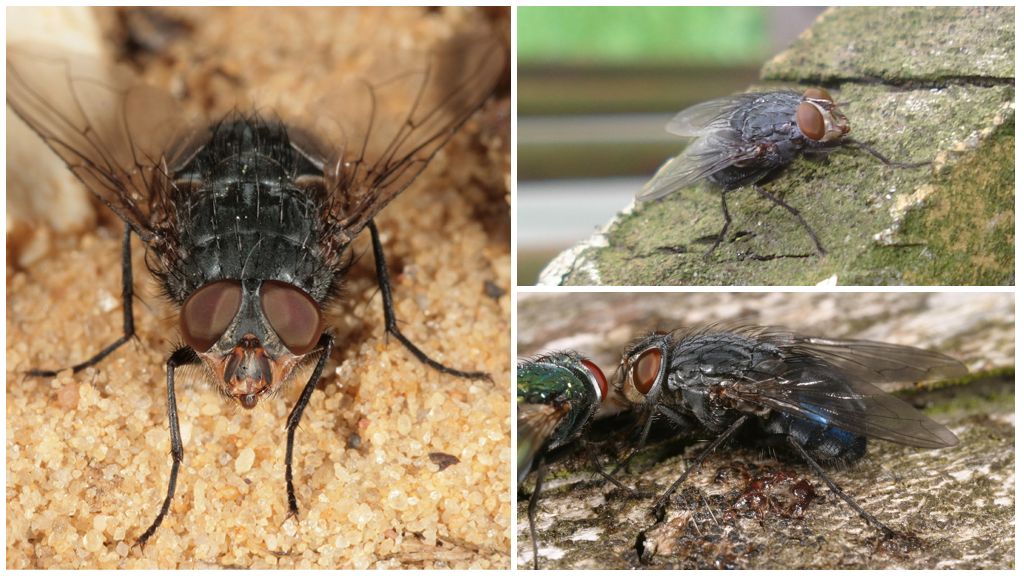
About nutrition
Power source meat of decaying animals, rotting fruits, vegetables and organic substances serve for the big blue fly and its larvae. They are also able to eat the eggs of beetles, other species of flies, caterpillars and grasshoppers.
About breeding
Life span adult in vivo does not exceed 20 days. However, during this time, the female manages to give birth to two hundred larvae.
After mating, the female finds a suitable place, which most often serves as decaying flesh (the corpse of an animal, a carcass of a fish or the remains of rotting organic matter). After 8-25 hours (the development period depends on temperature), worm-shaped larvae appear. They develop in the same substrates where the eggs were laid, undergo 3 molting (age).
On a note!
At the initial stage of development, the larva of the blue meat fly does not have a mouth apparatus, and therefore, extraintestinal digestion is inherent in it. At air temperatures of 38–45 degrees, the larvae develop within 3-4 days. Temperatures above 50 degrees are disastrous for them. Upon the occurrence of the third molt, the larva transforms into a pre-pupa, which moves to drier places.
The development of the pupa occurs in the soil at a moderate air temperature (20-25 degrees) takes no more than 3-4 days. At high temperature and humidity, the future individual dies.
The puparium formed by the individual leaves with the frontal bladder. The fly acquires activity as long as its wings dry out and get stronger, which usually takes 1.5-2 hours.
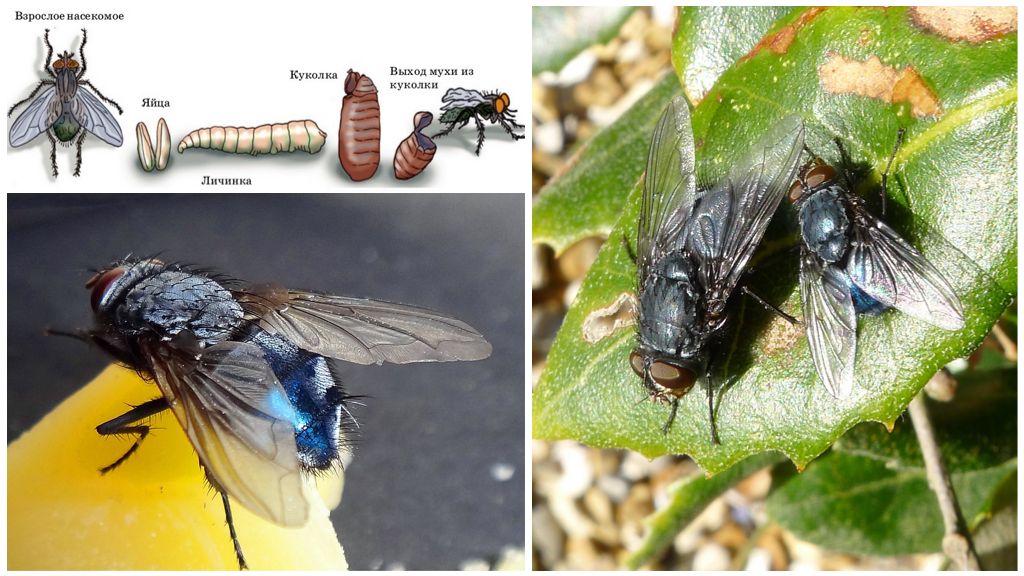
At a favorable ambient temperature (+25 degrees) development cycle The blue fly lasts no more than two weeks. In the cold season (in a state of inactivity), the life span of flies can be up to 6-7 months.Without food, an individual can survive no more than 2 days. More enduring in this regard are young individuals. After a few days have passed since the exit from the pupa, the females of the blue fly become sexually mature and capable of fertilization.
About harm
The appearance of a meat fly near housing causes not only an unpleasant sensation of disgust, but also increases the risk of contracting a dangerous infection.
Important!
The most dangerous disease transmitted by an insect is leprosy (leprosy), the most common is intestinal infection. The cause of infection is the alternating contact of the insect with places of contamination and feces, and subsequently with food and household items.
The blue meat carrion is very harmful to fishermen who hang salted fish for drying. It annoys the annoying insect to pets, as it is able to endure their diseases, eating corpses of dead animals. No less harmful are the larvae of meat flies, which are the causative agents of myiasis in humans and animals.
What is the use of the blue fly
This species is not only harmful, it may be useful for a person. The meat fly lays the larvae to which people have found use. They are especially in demand among fishermen who have adapted to fish on maggots. They also learned to use larvae of meat flies in military medicine. In the absence of medication, maggots were used to treat decaying wounds.
Important!
"Medical" larvae must be sterile and therefore they are specially bred in laboratories.
Here the ability of the larvae to eat the dying tissue and leave it alive came in handy. For this reason, insects that destroy carrion and rotting organic waste, began to be attributed to the orderlies of nature.
